Q3.How might we move around?
In a world where we have discovered a new precious substance, we no longer raise animals for consumption and we value kindness.
By Tucker Cholvin
I will start with the element about kindness, because I think it has the most direct applicability here. I have always felt that cars alienate people from one another, and make travel impersonal. People cut one another off, people race each other dangerously, and the insularity and perception of control over a car makes people lose sight of the risks and consequences of their actions, sometimes with horrific results.
On the other hand, of course biking and walking is so much more social and collaborative, because they’re built at a more human scale. And even public transit is too. When I take the bus or train to work, I have the opportunity to engage in small moments of humanity that would never happen in a car: watching a young parent interact with their kids, offering my seat to someone who needs it, or running into a friend or colleague and having a chat.
So let’s expand the idea, and make all forms of transport kinder.
Cars:
- Maybe we could have more carpool lanes and vanpool systems, to encourage social interaction and collaboration. Maybe as autonomous vehicles develop, we could program them so if an adjacent driver signals to merge, your car automatically slows down to allow them to do so.
- Maybe – and I would love this – we could make horns either go away or replace them with a more pleasant sound. Those things drive me crazy.
Bikes:
- Fundamentally, in a kinder world I believe we would be biking more, both because of the aspects I outlined above, but also because it’s kinder to the planet.
- How could we make biking itself kinder? Small things come to mind, like more people warning when passing; it drives me nuts when people don’t. And perhaps people could carry spare tires and other simple repair gear for when people need it.
- Also, middle-aged man in Lycra can COOL IT. Part of that could be creating separate spaces to separate experienced riders and beginning/learning riders, to allow them the space they need.
- And really, if we are going to make biking kinder, we have to tackle the culture of people harassing, belittling and attacking women on foot and on bike. That is probably the biggest change we could make to strengthen kindness, and I think it would need at least a few different elements to take effect: a stronger bystander culture to call out harassment, stronger enforcement by the government, and better education of men and boys to create new norms.
Public transit:
- The first thought that comes to mind is more designated spaces for people who need them: seniors, pregnant women, families, and the disabled. But like biking, transit needs to be safer for women in order for the entire mode to become kinder.
- It also needs nudges to use her behavior and culture to shift that. We could reward people who offer their seat to someone who needs it by putting a free trip or a dollar credit on their payment card. We could design buses and trains to have more seats that face one another to encourage social interaction.
- And, similar to New York City, we could place more poetry and art on trains, or more art and interactive installations in stations. (Imagine putting a slide on a subway platform, or interactive games on the screen at a bus stop. That would be fun!)
So there is a lot more room for kindness in existing systems of transit. Are there new ways to get around that would be kinder? Tandem bikes could get more popular, or maybe there could be a broader system of free ridesharing—anything from covoiturage (popular in France), giving people a ride on the back of a cargo bike or in a pedi-cab, or good old-fashioned hitchhiking. And again, maybe we could build and reward incentives for this: if you pick up a hitchhiker and deliver them somewhere helpful to them, you get a voucher for a free gallon of gas, or a coupon for coffee at Starbucks.
I haven’t yet considered the new precious substance or not raising animals for consumption yet. Maybe if suddenly we no longer raised animals to eat them, we could use the surplus of animals around as vehicles. Horses, of course, but also oxen, llamas, donkeys and others. It’s inefficient, of course, but so are cars. And in a kinder world, horses are closer to human scale and foster interaction better.
No longer raising animals for consumption also requires that we also no longer have leather available for use. I think these days we can mostly get by with synthetic materials, but maybe there are glues or other animal-based adhesives that I don’t know about. Also, shoes, no more leather shoes! (I would love to think separately about how this would impact men’s dress shoes, which are almost all leather.)
And this precious new substance we have discovered…I am struggling with this one because I can’t decide what kind of precious substance it is. Is it a gem or metal, like diamonds or gold? In that case I think that ornamentation will always be the first application; I could imagine luxury cars with the new gem or stone inlaid into the displays, the instruments. The new substance may also appear in the names of luxury cars, or the various status tiers on airline frequent flier programs.
What I have found most interesting about this exercise is all the ways that our transportation system could be made kinder. We could do so much to make it more welcoming and fun if we put our minds to it.
More alternative spaces
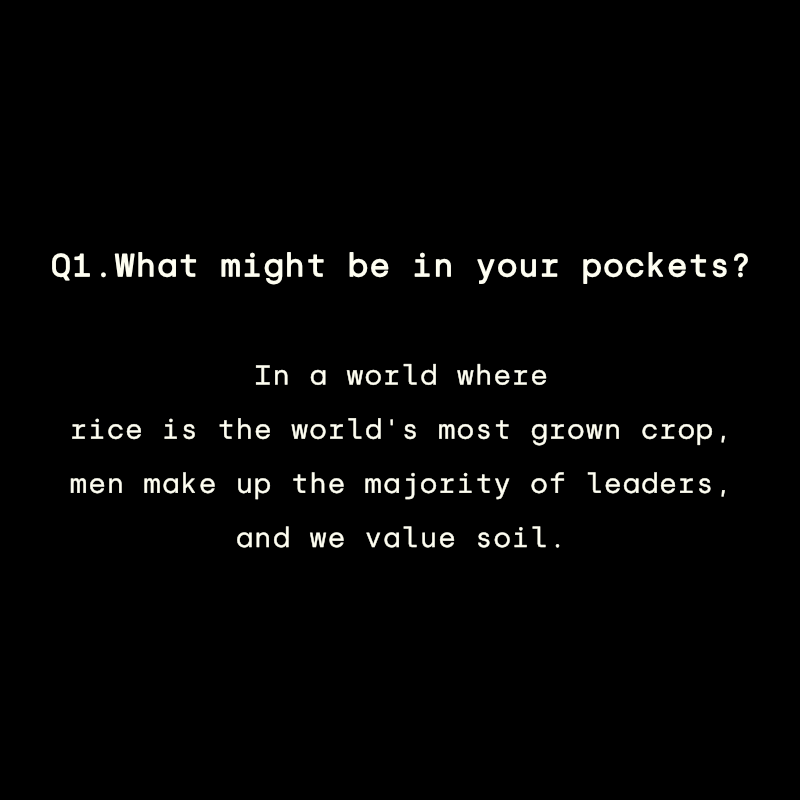
Question 1 - TuckerProject type
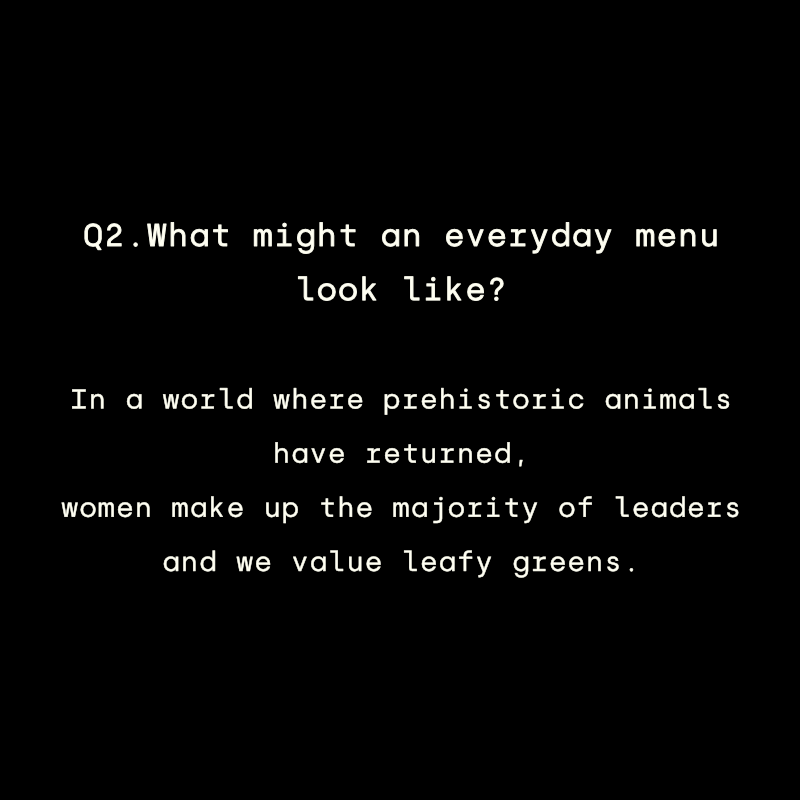
Question 2 - TuckerProject type
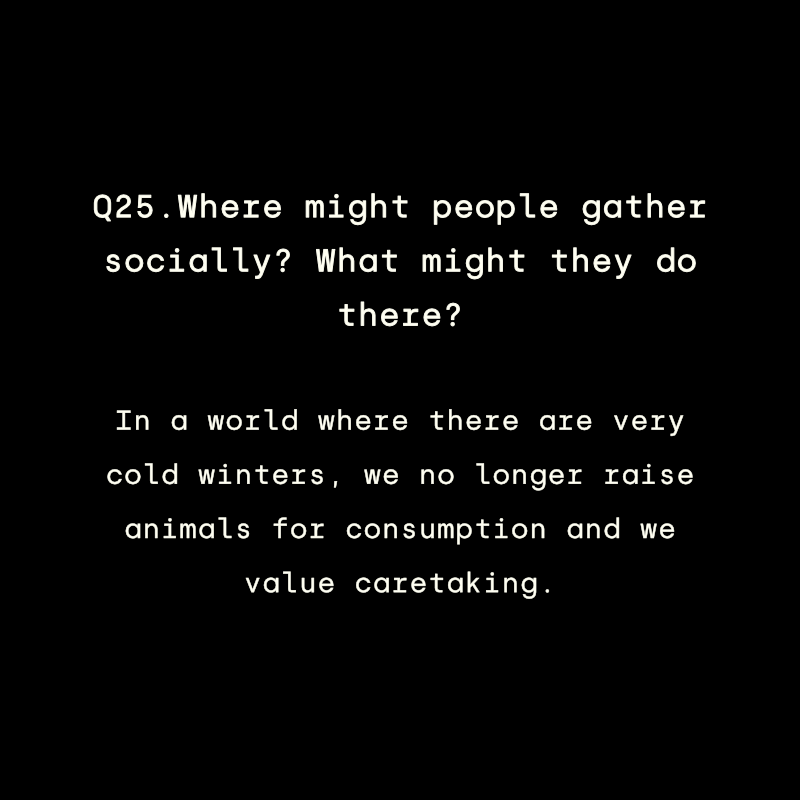
Question 25 - AnonProject type
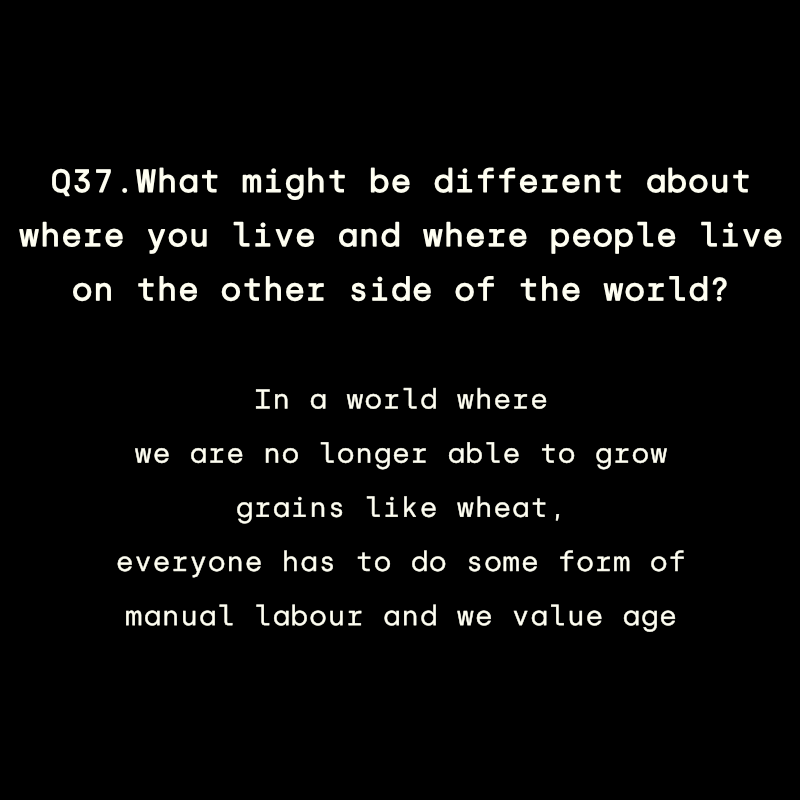
Question 37 - AnonProject type

Question 1 - NatalieProject type
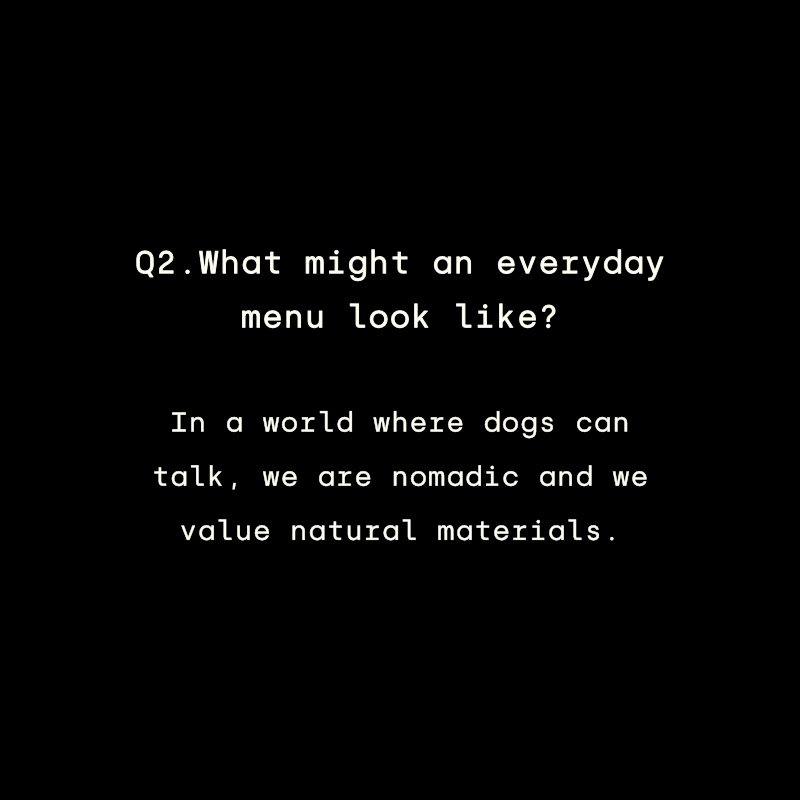
Question 2 - NatalieProject type
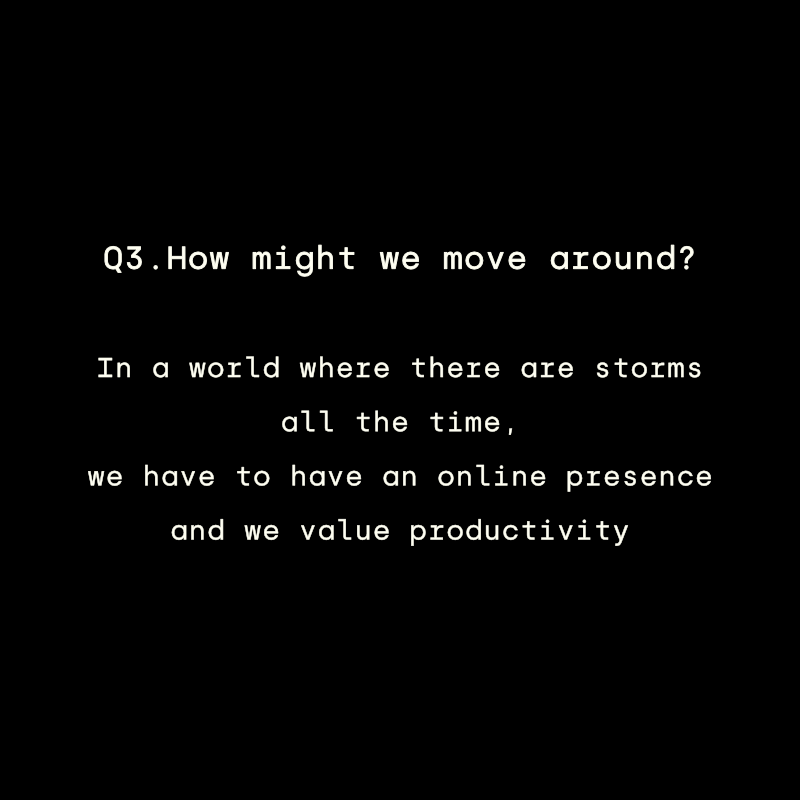
Question 3 - NatalieProject type

Question 4 - NatalieProject type
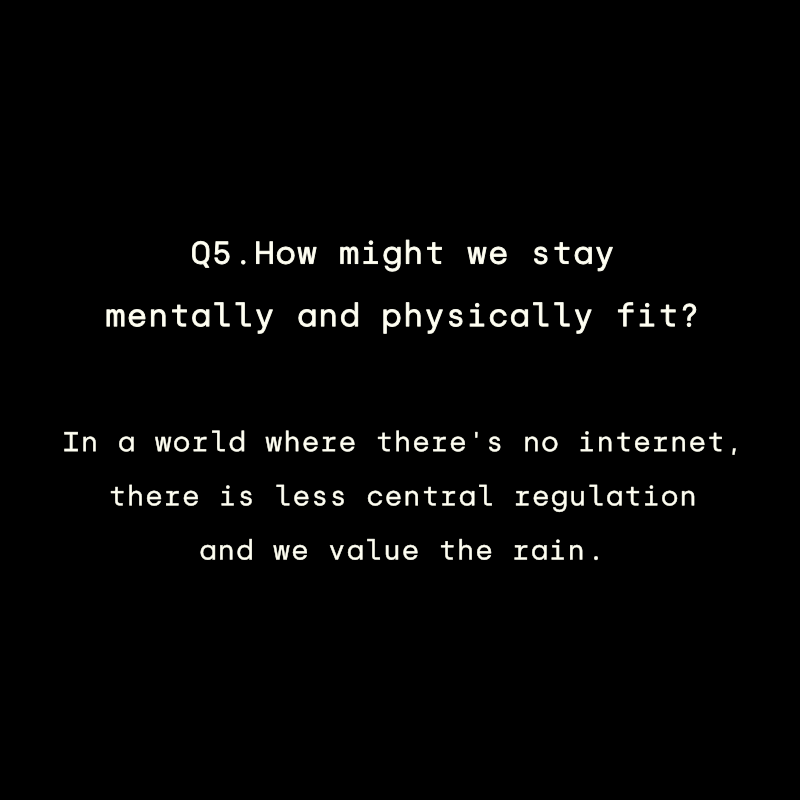
Question 5 - NatalieProject type

Question 3 - TuckerProject type

Question 6 - NatalieProject type
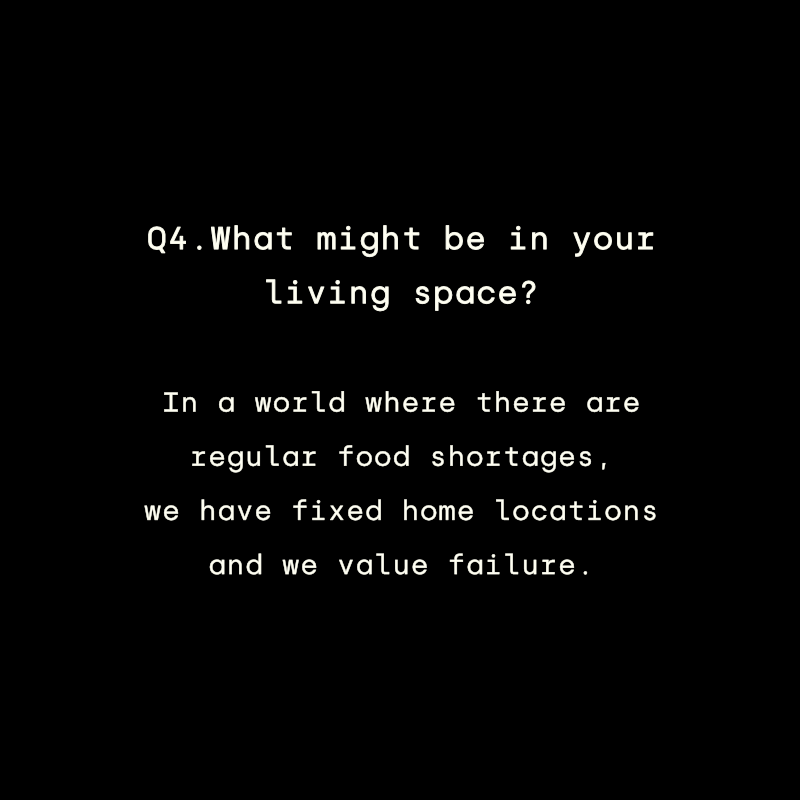
Question 4 - TuckerProject type
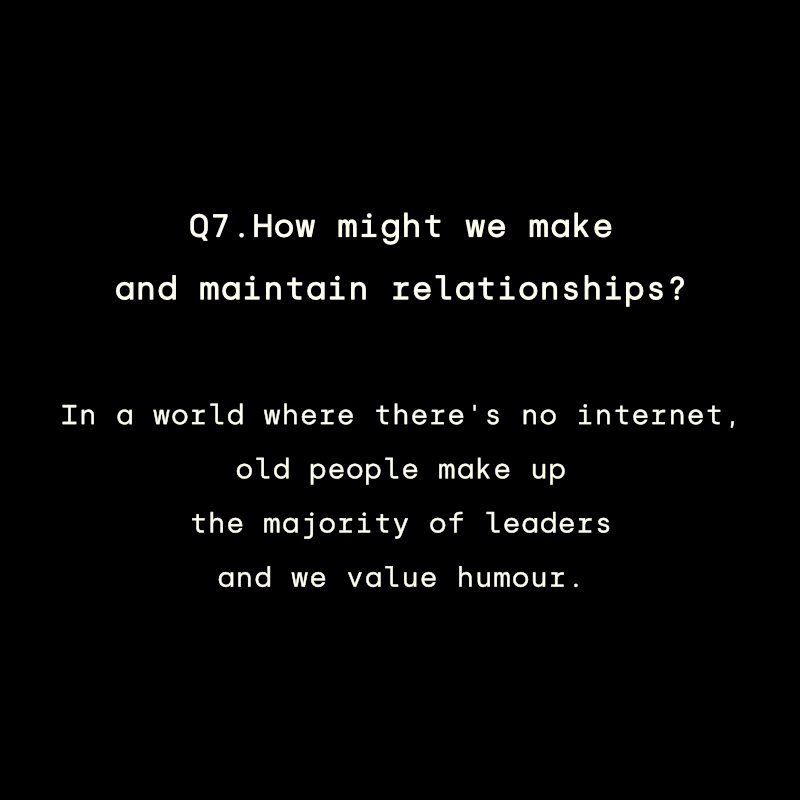
Question 7 - NatalieProject type
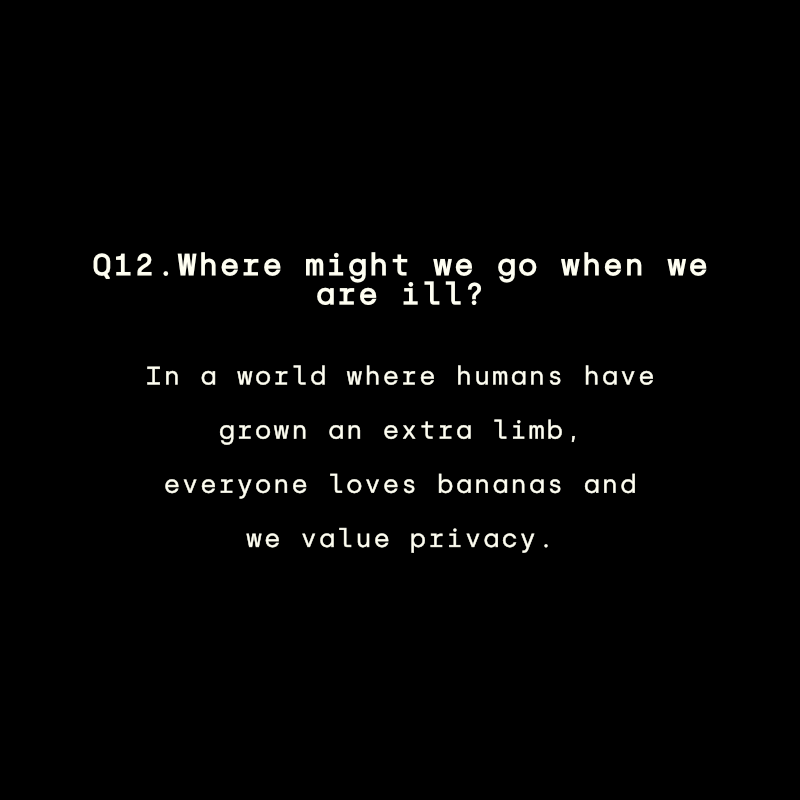
Question 12 - TuckerProject type
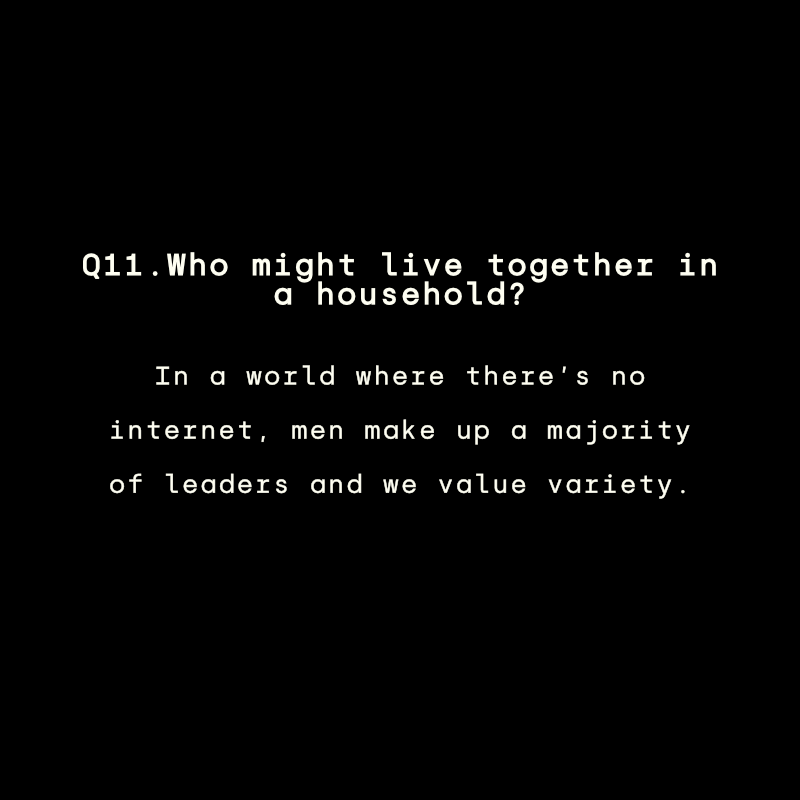
Question 11 - TuckerProject type
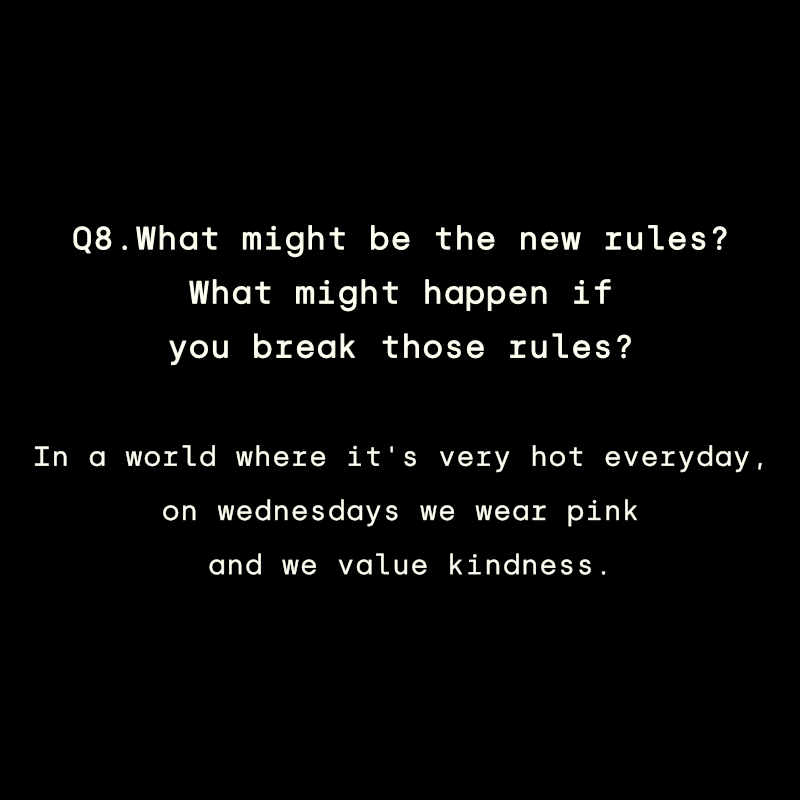
Question 8 - NatalieProject type
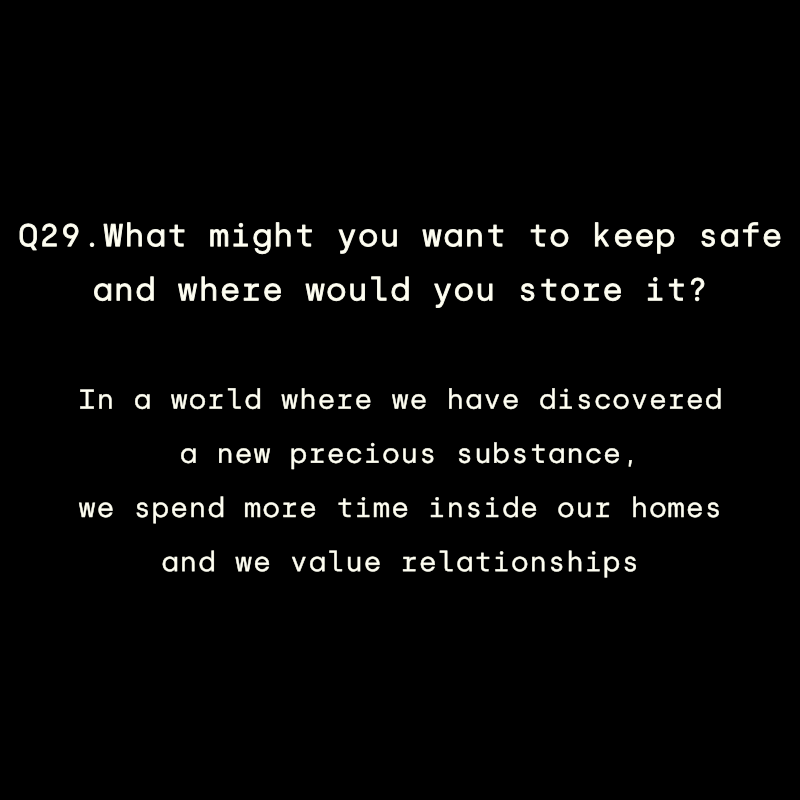
Question 29 - AnonProject type
Imagining Future Spaces is a project by Natalie Harney designed to support and inspire conversations about what alternative worlds might look and feel like.
Site Links
©Natalie Harney 2020, made with Semplice